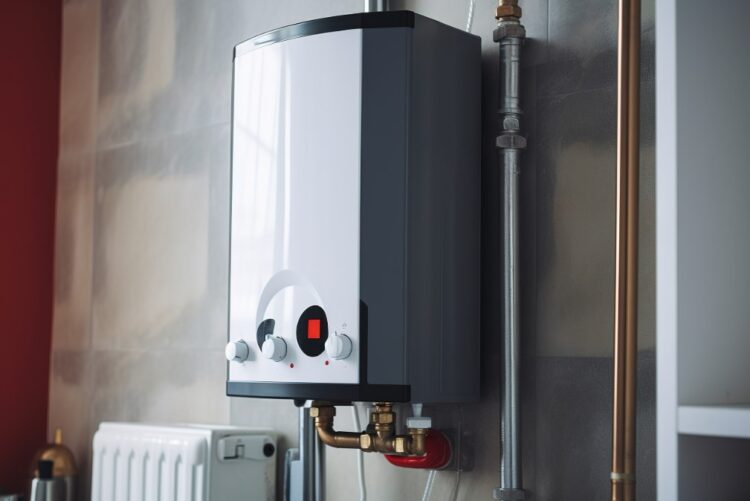Your typical American home gets its hot water from a heated tank installed in the basement or a utility room. Tank water heaters have been around for decades. But in the last 5-10 years, tankless water heaters have become pretty popular. They are an alternative to traditional tank models, but they have their downsides.
Tankless water heaters are on the menu at Beehive Plumbing in Utah. Beehive services customers in three counties in the north-central part of the state. They recommend that customers consider both the challenges and benefits of tankless water heaters before deciding to make the switch.
How Water Heaters Work
A tank water heater is easy enough to understand in terms of its operation. Water from the main is stored in a tank and kept at a consistent temperature by an internal heating element powered by either electricity or gas. As hot water leaves the tank, cold water comes in behind it and is subsequently heated.
As its name implies, a tankless water heater has no tank. So it heats water on-demand. How so? By way of a powerful heating element that delivers a tremendous amount of energy as water flows through the unit. Tankless water heaters can also be powered by either gas or electricity.
The Benefits of Going Tankless

Tankless water heaters are relatively new compared to their traditional counterparts. Are they as good? Are they better than tank water heaters? What are the benefits of installing one?
A tankless water heater’s main selling point is energy efficiency. By heating water only when it’s needed, you eliminate the energy required to keep water hot 24/7. The industry refers to this energy as ‘standby’ energy. It doesn’t exist with tankless water heaters, so you should save money.
Other benefits include:
- Unlimited supply – Because tankless models heat water on-demand, you theoretically have an endless supply of hot water. There is no danger of running out in the middle of a shower.
- Smaller footprint – Tankless water heaters have a much smaller footprint compared to tank models. They are usually mounted on a wall, freeing up valuable floor space.
- Longer life – A typical tankless water heater will last 15-20 years. Tank water heaters tend to last 8-12 years.
- Lower utility bills – Greater efficiency should translate into lower utility bills after installing a tankless water heater. But note that significant savings are never guaranteed.
There are definitely valid reasons for considering installing a tankless water heater instead of a tank model. But let’s not forget the challenges. A tankless model is not the best choice for every installation.
The Challenges of Going Tankless

At the top of the list of challenges is upfront cost. Tankless water heaters cost more in terms of both the units and their installation. You have to be prepared to spend. Other challenges include:
- Flow rates – Every tankless water heater has a set flow rate. In other words, it can only produce so much hot water at a time. It might not be enough for larger families using a lot of hot water at peak times. A tankless model might also not work well in an area that routinely sees harsh winters.
- Hard water sensitivity – Tankless water heaters tend to be sensitive to hard water. If the water is hard enough, a homeowner might have to install a water softener as well.
Tankless water heaters are more complex in their installation. They also incur maintenance costs that don’t apply to tank models. So while there are plenty of benefits to installing one, there are also challenges to consider.
 Hi Boox Popular Magazine 2025
Hi Boox Popular Magazine 2025



